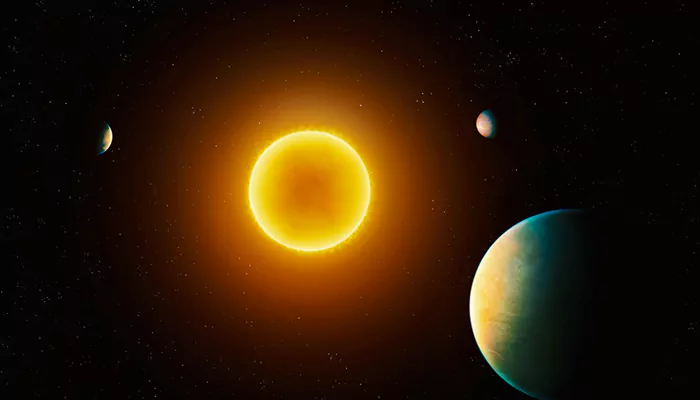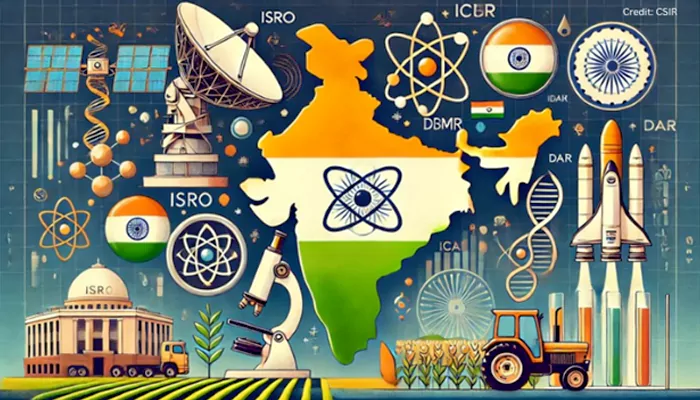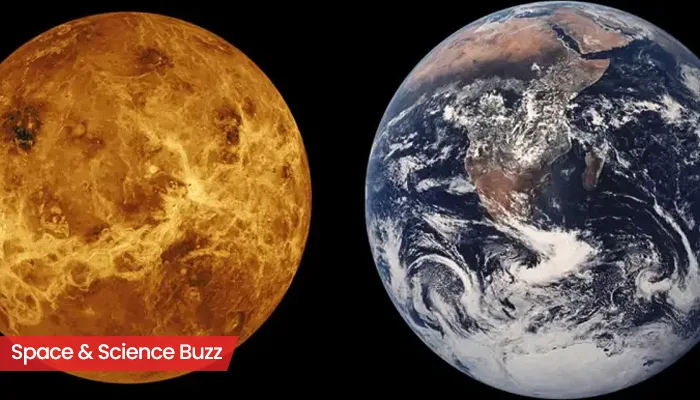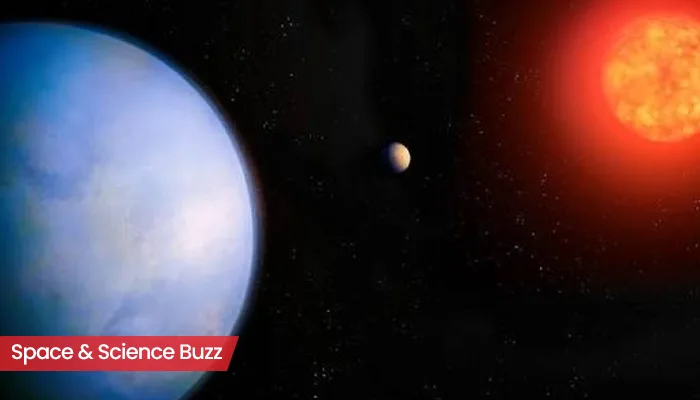
Here are today’s most important updates from the realm of Science and Space.
Cosmic Mystery: Longest Radio Pulse Ever Detected by Astronomers
Recently, astronomers discovered a long and never seen before radio signal. Radio telescopes into space often detect brief radio waves from distant areas of the universe. These sudden bursts are known as “radio transients”, which can behave in different ways: some detected only once and never come back, while others continue to blink in regular patterns. The recently detected, longest (53.8-minute period) pulse is named as ASKAP J1935+2148 (the numbers in the name indicate its location in the sky). This periodic radio wave was detected using CSIRO’s ASKAP radio telescope on Wajarri Yamaji Country in outback Western Australia. Scientists believe there are numerous similar objects in our galaxy, waiting to be discovered.
Small Stars, Big Potential: Rocky Planets Could Hold the Key to Life

Since its launch, NASA's James Webb Space Telescope (JSWT) has enhanced the potential of detecting signs of life on exoplanets. The most promising candidates are rocky, rather than gaseous planets that are orbiting low-mass stars called M-dwarfs. These are the most common stars in the universe like TRAPPIST-1, located approximately 40 light years away.
"Our findings give reason to expect that some of these planets do have atmospheres, which significantly enhances the chances that these common planetary systems could support life,” mentioned lead author Joshua Krissansen-Totton, a UW assistant professor of Earth and space sciences.
Reinventing Farming: Electro-Agriculture Promises Food Production in the Dark

Photosynthesis, which enables almost all life on Earth, is highly inefficient at capturing energy as only 1% of light energy gets converted into chemical energy within the plant. To improve the energy efficiency, bioengineers have proposed an innovative method of food production named 'electro-agriculture’, which effectively replaces photosynthesis with a solar-powered chemical reaction. As per early results, electro-agriculture converts more CO2 into an organic molecule than traditional photosynthesis method. Scientists believe this would reduce land area by 94%. Even, this would be applicable for growing food in space.
“If we don't need to grow plants with sunlight anymore, then we can decouple agriculture from the environment and grow food in indoor, controlled environments,” said corresponding author Robert Jinkerson of University of California.
Sahara's Stunning Transformation: Lakes Emerge in the Desert
In the Sahara Desert, ephemeral lakes like Sebkha el Melah can transform the dry landscape after heavy rainfall. 🌧️#Landsat data enable scientists to study these lakes for clues about past & possible future greening of the region in a changing climate.https://t.co/c6k8dkfb5G pic.twitter.com/l09d6C7M70
— NASA Landsat (@NASA_Landsat) October 23, 2024
(Credit - X/@NASA_Landsat)
The satellite image of lakes appearing in the Sahara desert gathered everyone's attention. The lakes were developed after a “cyclone brought a deluge of rain to northern Africa that drenched swathes of the largest hot desert on Earth,” mentioned Live science. NASA's Moderate Resolution Imaging Spectroradiometer (MODIS) on the Terra satellite has captured multiple ephemeral lakes across regions of Morocco and Algeria. The lake encompassed an area of 74 square miles (approximately 191 square kilometers) and was 7.2 feet (2.2 meters) deep, as per the calculation made by Moshe Armon, a senior lecturer at the Hebrew University of Jerusalem.
Scientists are trying to understand what Sahara desert was like centuries ago, when it was completely green, and how it will transform in as a result of climate change.



.webp)
.WEBP)
.WEBP)
.webp)
.webp)


.webp)
.webp)
.webp)